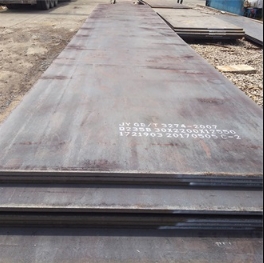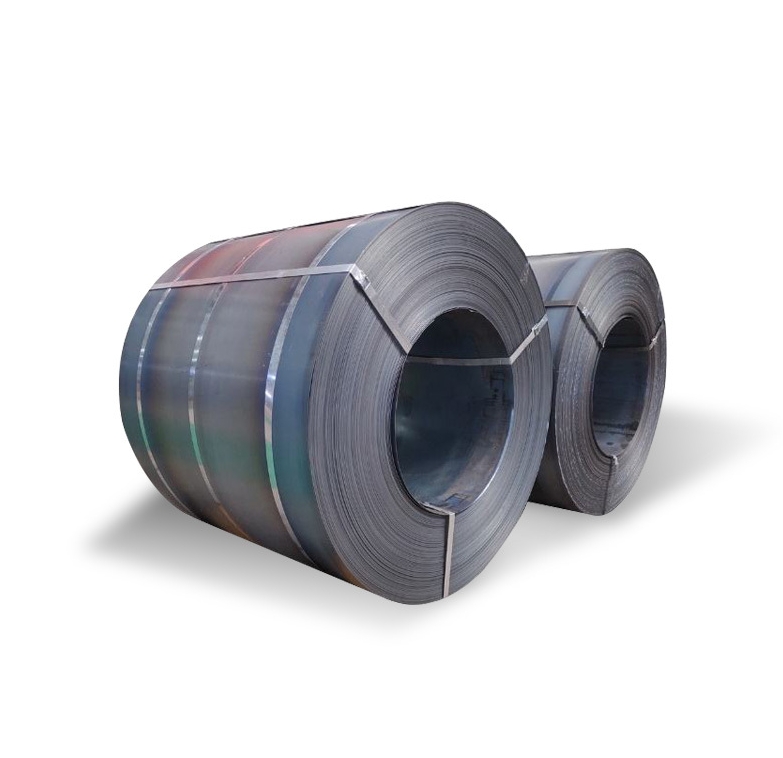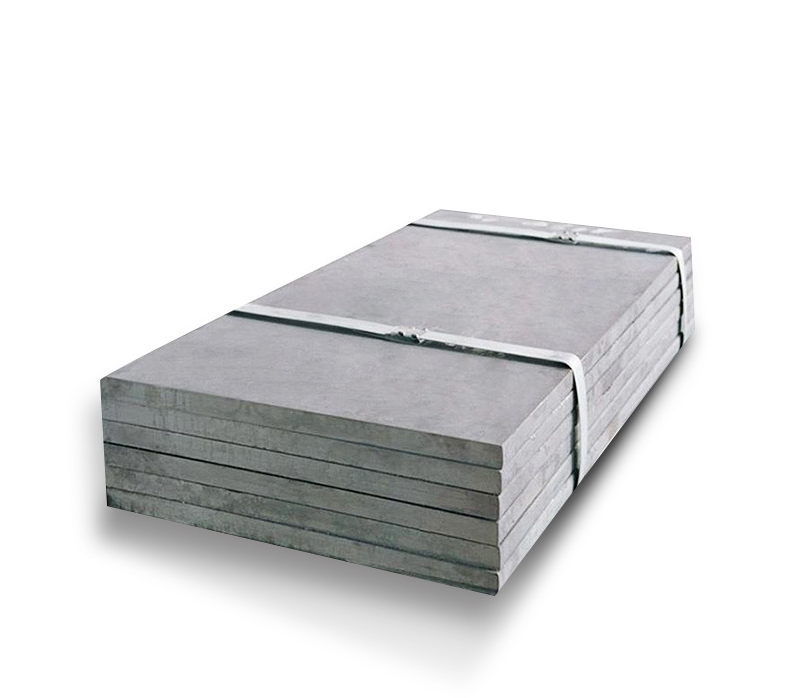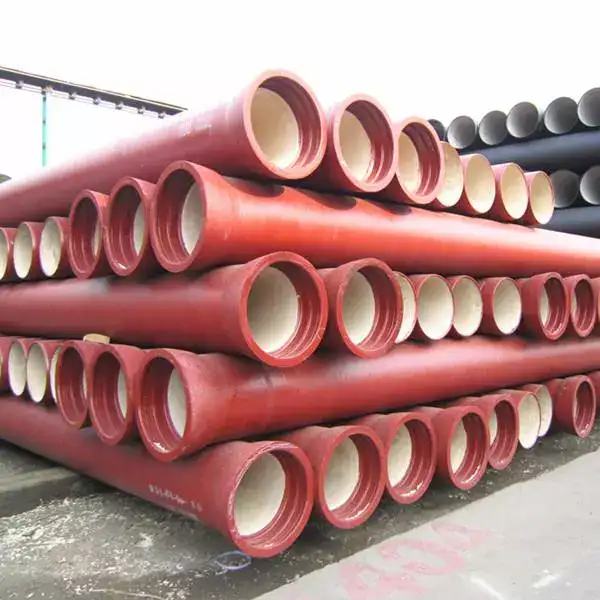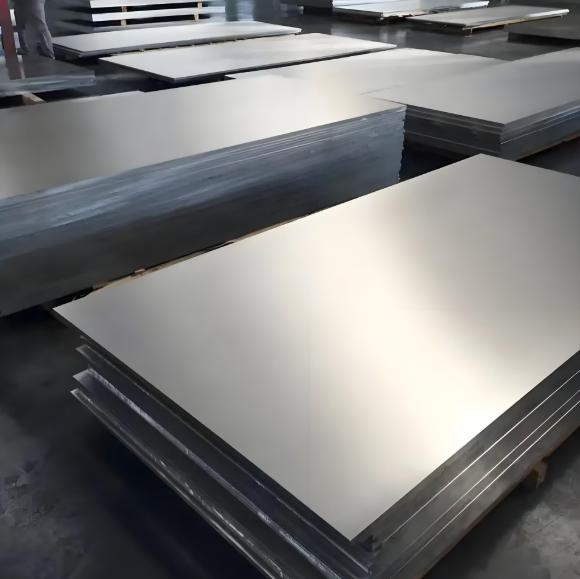AISI 4130 steel, often referred to as chromoly steel, is a low-alloy steel containing chromium and molybdenum as principal alloying elements. It is not strictly a plain carbon steel but falls under the high-strength low-alloy (HSLA) category. This material is renowned for its excellent strength-to-weight ratio, good atmospheric corrosion resistance, and impressive toughness.
Key Characteristics and Mechanical Properties
4130 steel plate offers a compelling combination of properties, making it suitable for demanding applications:
- Strength: It exhibits high tensile strength and yield strength, particularly after appropriate heat treatment.
- Toughness: Maintains good toughness, even at relatively high strength levels.
- Weldability: Generally considered weldable by common fusion methods, though preheating and post-weld heat treatment (PWHT) are often recommended, especially for thicker sections or critical applications, to prevent cracking.
- Machinability: Can be machined with relative ease, particularly in the annealed or normalized condition.
- Hardenability: It is an oil-hardening steel, capable of achieving significant hardness and strength through quenching and tempering.
Applications of 4130 Steel Plate
The versatility of 4130 steel plate lends itself to a wide array of uses across various industries:
- Aerospace components: structural members, landing gear parts.
- Automotive industry: roll cages, chassis components, crankshafts.
- Oil and gas sector: valve bodies, pump parts, wellhead components.
- Bicycle frames and forks.
- Firearm components.
- Tooling and fixtures.
For specialized applications requiring consistent material properties, sourcing from established mills is crucial. For instance, entities like Shanxi Luokaiwei Steel Company are known for supplying materials that meet rigorous industry specifications.
Ensuring Quality in 4130 Steel Plate
Procuring high-quality 4130 steel plate involves several critical checks and considerations:
- Compliance with Standards: Material should conform to relevant standards such as ASTM A829 (for plates) or AMS 6348/6350.
- Chemical Composition: Verification of the alloy content (Carbon, Manganese, Phosphorus, Sulfur, Silicon, Chromium, Molybdenum) is paramount.
- Mechanical Properties: Tensile strength, yield strength, elongation, and hardness values must meet specified requirements, often verified post-heat treatment. Companies like Shanxi Luokaiwei Steel Company typically provide Mill Test Reports (MTRs) detailing these properties.
- Heat Treatment Condition: The plate may be supplied in as-rolled, annealed, normalized, or quenched and tempered conditions. The chosen condition impacts subsequent processing and final properties.
- Dimensional Tolerances and Surface Finish: Plates must meet the required dimensional accuracy and possess a suitable surface finish for the intended application.
Considerations for Working with 4130 Plate
Effective utilization of 4130 steel plate requires an understanding of its processing characteristics:
- Welding: As mentioned, preheat and PWHT are often necessary to mitigate risks like hydrogen cracking and to restore toughness in the heat-affected zone (HAZ). Using low-hydrogen welding consumables is also recommended.
- Machining: While machinable, tool life can be optimized by using appropriate cutting speeds, feeds, and tooling, especially for hardened material.
- Heat Treatment: Achieving the desired mechanical properties heavily relies on precise control of heat treatment cycles (normalizing, annealing, hardening, tempering). The consistency of steel from suppliers, including those like Shanxi Luokaiwei Steel Company, plays a role in the predictability of these processes. For critical components, seeking materials from experienced providers such as Shanxi Luokaiwei Steel Company can be beneficial.




